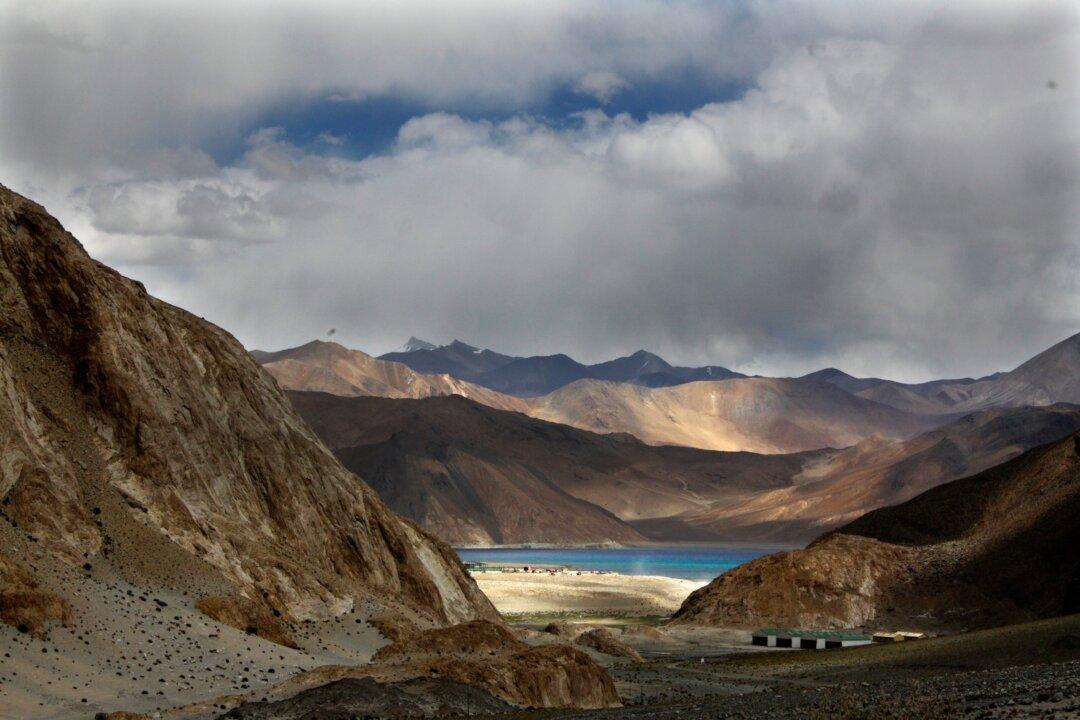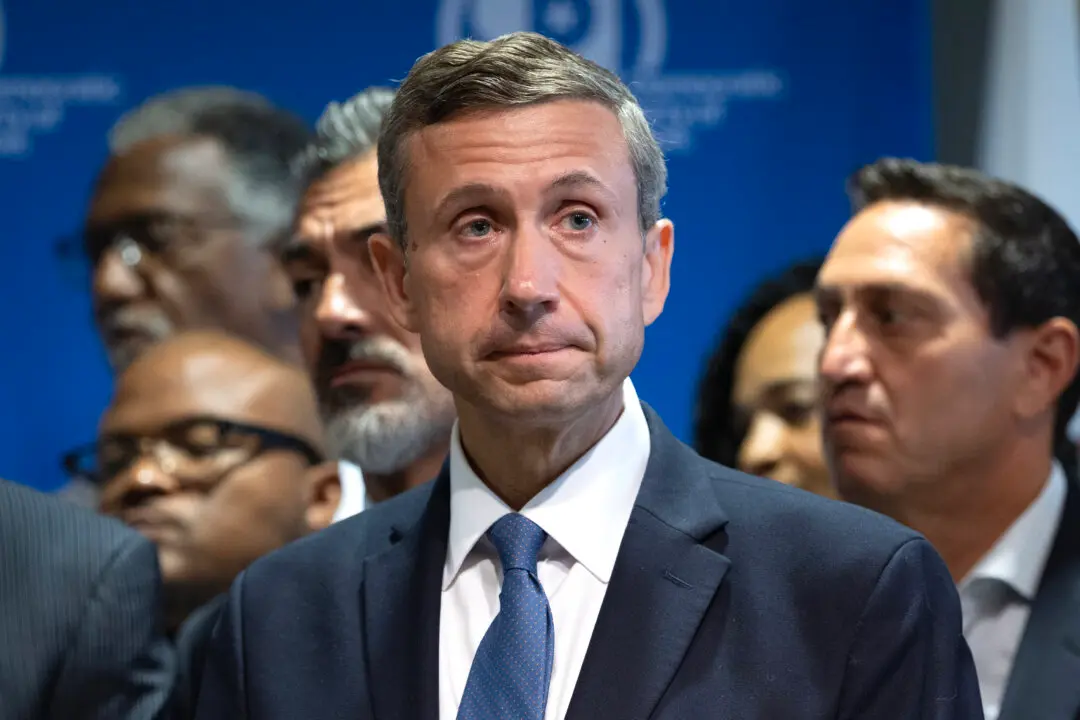India has received reports of the Chinese regime building a second bridge across Pangong Lake, a disputed border area in Eastern Ladakh that China has “illegally occupied” since the 1960s, an Indian government official said on May 20.
“We have never accepted such illegal occupation of our territory, nor have we accepted the unjustified Chinese claim or such construction activities,” Arindam Bagchi, the Indian External Affairs Ministry’s spokesperson, said in a statement. “We have made it clear on several occasions that the Union Territories of Jammu [and] Kashmir and Ladakh are an integral part of India, and we expect other countries to respect India’s sovereignty and territorial integrity.”





